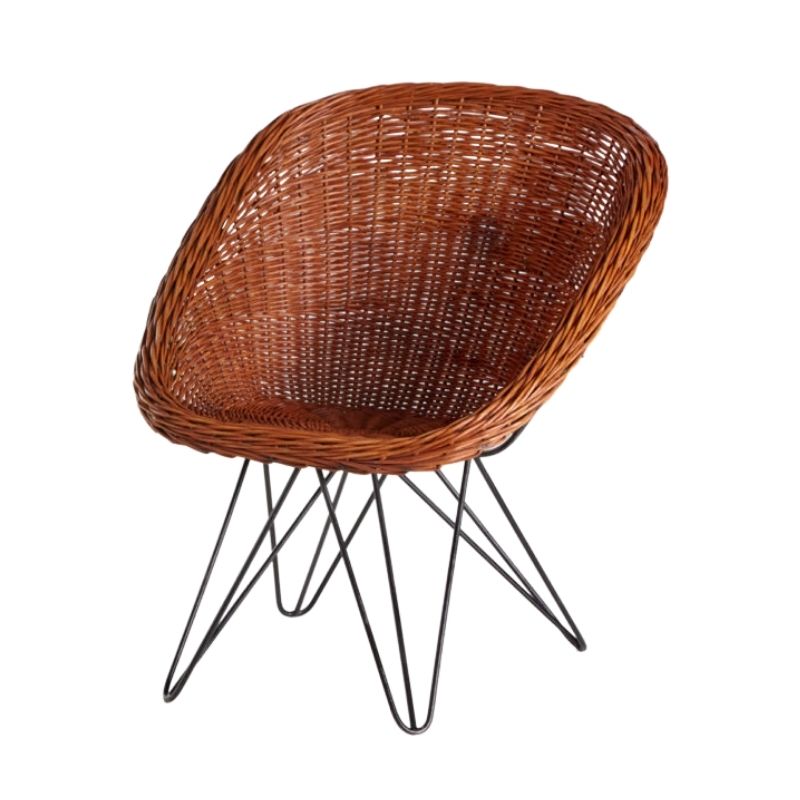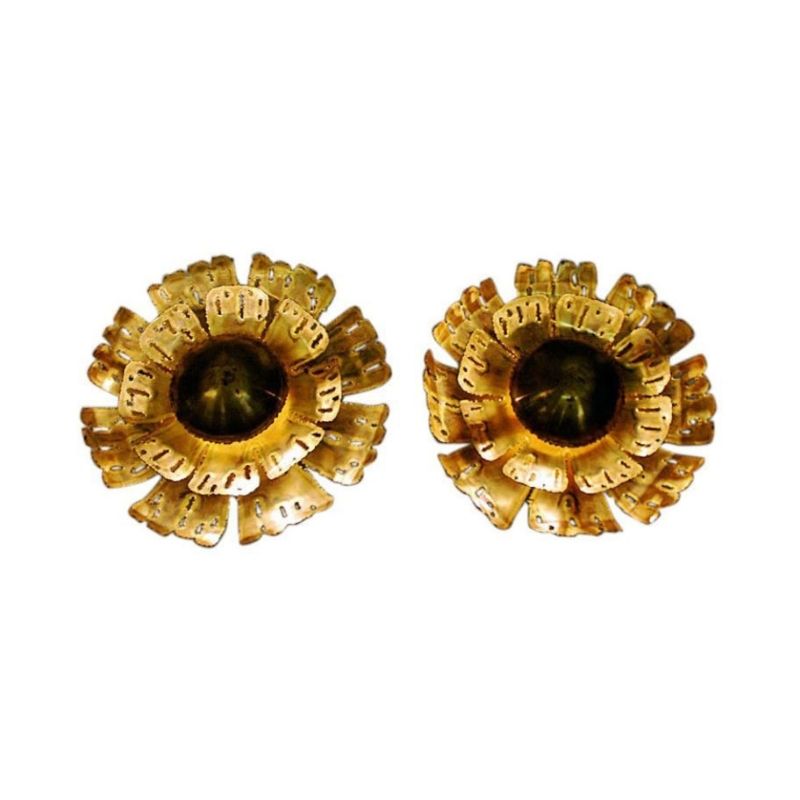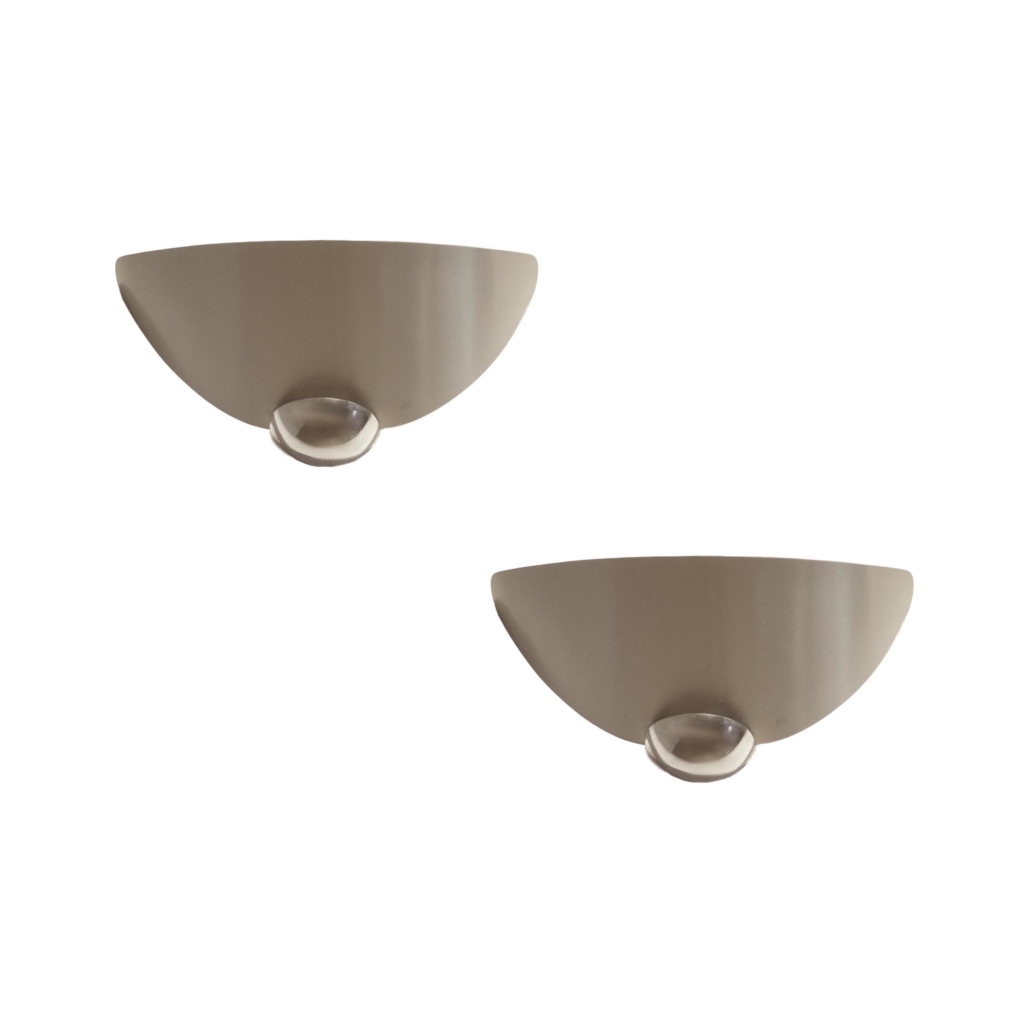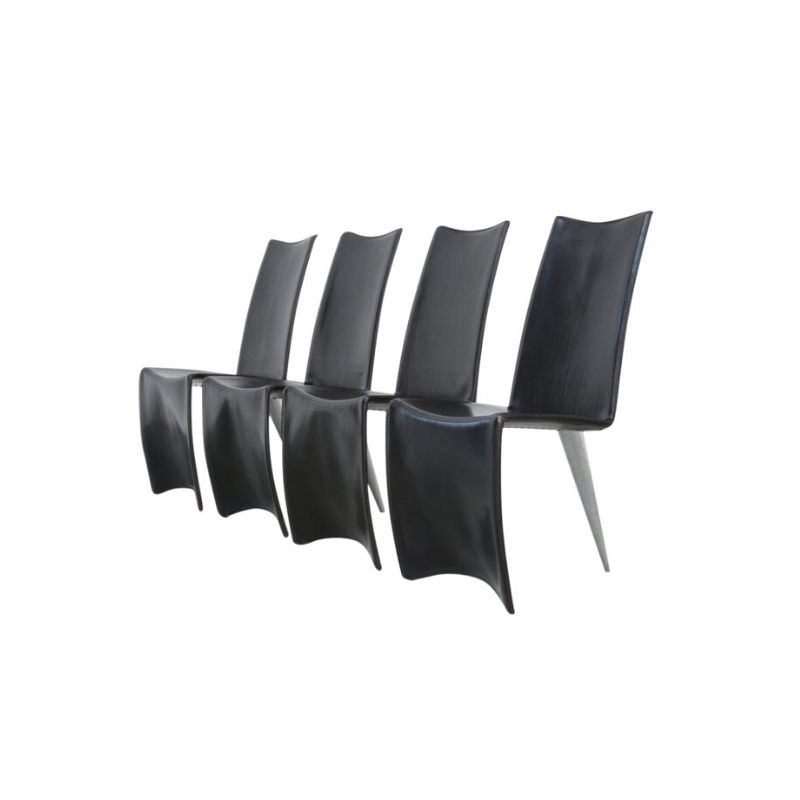My current project in my Furniture Design 1 class is to make a table out of a 4'x4' sheet of MDO (medium density overboard). This is the maquette I came up with. I know it's a little derivative, but I have yet to find my own style, as I'm primarily focussed on the process atm. Actual size will be 22"w X 14"d X 16"t. Comments? Criticisms? General feedback? All would be appreciated!  <img class="wpforo-defau
<img class="wpforo-defau
I like it
as a starter. The structural concept is fine -- though you will want to select a rod diameter to match the expected load. After all, the "wires" are largely in compression, not tension, in this use.
It's nice to look at. Nothing wrong with a tried-and-true construct. So, it's a "coffee table" ? The proportions perhaps need refinement -- the wood element at the floor seems a bit heavy for the size and thickness of the top, doesn't it ? Maybe I'm wrong.
That said, I wonder if the assignment wasn't intended to force you to use a sheet of MDO only -- with no other material -- perhaps seeing how large a table you could make with that piece of MDO ? You certainly wouldn't want to use MDO for that base X -- that cries out for solid wood, to me, though I suppose MDO strips laid flat might work. You don't want to apply hardware (screws, bolts) into the edge of that material.
Let us see the next steps, pleased. This will be instructive (and entertaining) for all . . . !
Thank you!
-Rod Diameter...
Thank you!
-Rod Diameter is 1/4" the rod on the maquette is 1/4 scale 1/4" the final product will be welded at all intersections, creating a much stronger and sturdier frame.
-This is going to be a small side table; 22"wide by 14"deep by 16" high.
-I completely agree that the x-base is a bit bulky, I've already scaled it down a bit
-We are allowed to use other materials with the permission of the instructor.
-I've already started making the base... out of vertically oriented stack-laminated mdo w/ black formica on then outside surfaces.
-I plan on using a drill-press to make holes in the x-base for the bolts I'll weld to the rod frame. Do you still think it'll split the plys?
Heres a couple photos of glue up. I used dominoes.
p.s. sorry for the shitty cellphone pics.
Dominos ?
Are those what we call biscuits, or Lamellos ?
You should be all right. I'd try to keep the bolts from the very ends of the base members. How will you locate the welds ? Perhaps you could construct the steel piece and weld it to the bolts, located temporarily in the unclad base, and then apply plastic laminate ?
The laminated wood base looks pretty neat. Nice workmanship. Maybe you could reveal the material by simply painting the piece black ? I'm always leery of small pieces of Formica. I apply it with rigid glue rather than contact cement, when I can. This piece doesn't quite represent the best use of material, to me, but the whole thing is certainly persuasive, as to form and structure, so you get a pass ! (I'm not happy with the central joint, where one base "stick" would, ideally, cross the other -- another reason why solid stock might have been preferable ?)
Carry on !
Dominoes are similar to...
Dominoes are similar to biscuits, but are a bit thicker and are made of solid wood rather than compressed sawdust. We are extremely lucky in that we have a very nice selection of Festool machines, the Dominoe machine being one. I used one dominoe for each of the "v's" and I'll use 2 to connect the two v's to make the "x".
As far as locating the bolts, I plan on upscaling the jig I made to make the maquette rod base. It's extremely simple, but effective.
What do mean by "reveal the material by simply painting the piece black" ? Do the vertical plies not look good? (Curiosity, not indignation :P) Also why do you try to stay away from small pieces of laminate? I thought it would be the same as, say, the edge of a counter top.
I'll post a photo of that central joint once I finish it. I think it's actually quite beautiful, as the plies meet perfectly in the center and create a visually pleasing effect. I agree, however, that it isn't the strongest joint, but I'm still new to this and it's all I could think of to do.
BTW, thank you again for the feedback. It's greatly appreciated!
Aha.
So, you'll create the metal structure, and then drill the base for the bolts. Got it.
I guess I missed that you are only applying plastic laminate where it shows in your photo -- not cladding the whole base in it. That makes sense. Yes, the exposed plies look smart. MDO that I've used has a good surface (medium-density overlay ?) and is used for highway signage, they tell me. Ours has a nice pale gray finish -- but the fir core plies are not necessarily free of knots and voids.
Festools are nice. I wonder how the Domino makes its mortise. Is it a router bit that travels back and forth ? It's useful to have a tool that creates a mortise for a narrow spline -- Lamellos are two inches or longer.
Biscuits I've used are solid beech or similar wood, with the grain oriented diagonally to the length of the "football" and the wood compressed, so it expands slightly when wetted by the glue. (A particle-board spline wouldn't be of much use structurally, would it . . .)
What other designs have you been working on in your class ?
Overlay does make more sense...
Overlay does make more sense than overboard 😛 the kind we were supplied just looked like plywood w/ masonite glued on... rather ugly. Thats why I wanted to cover that portion of it. There are some voids that I'll have to fill, but it shouldnt be very noticeable.
Yes, the Domino is essentially a plunge router that oscillates back and forth. I've not used any other type of joining machine, so I can't really compare, but this machine feels damn solid and is pretty easy to use.
Sounds like my instructor is feeding me Festool propaganda... that or he has a personal vendetta against biscuits...
What would you recommend for finish on the exposed plies? and should I just tape off the laminate when applying said finish? I'm still debating on whether I want to leave the rod raw steel (I love the blueing produced by welding...) or if I should powdercoat it black.
We have the entire semester to make this one table so I havent worked on anything else for this class. I'm way ahead of schedule, however, and will probably end up making something else when I'm done with this. I really want to try my hand at some bent lamination. We have a sweet vacuum bag/table at school. I want to make some fenders for my bicycle.
I wonder if the steel needs
to be welded at the intersections at all.
MDO that I've used had phenolic-infused kraft paper face laminations and takes paint/varnish well. I've not seen it used in fine furniture construction. Normally, if one were to choose exposed edges as a design element, a furniture-grade plywood such as ApplePly or Baltic Birch would be used.
http://appleply.com/designcompetition/
If you're serious
about this table design -- which I think is quite promising, in fact -- and you have the rest of the semester, you might think about making more than one example, trying different effects -- material choices, construction details, finishes -- which will teach you in multiple ways and also make a fine impression at the final crit.
Yes, everyone, including educators, is prone to bias toward or against any number of choices, including tool selection. It goes with the territory. I can say that, having worked in seven or eight workshops during my career, I was exposed to a number of choices and techniques, and benefitted greatly from that experience. Among the variety of methods and materials one encounters, one will choose one's favorites . . .
My first impression was that welding the intersections of your "wires" might be redundant. But when I found that your base X is not made of continuous members, I changed my mind. You want this table to be able to sustain an accidental load -- a child sitting on it, say -- without distortion or destruction. You could demonstrate the difference to yourself by making another maquette without the soldered joints, and subjecting both models to the same loads.
The exposed edges of your MDO could be given a sanding sealer and three coats of satin polyurethane -- for instance. You can simply mask the black laminate.
Finished Table!!!
Well here it is! I'm pretty pleased with the end result. There are a few small things I would do differently if I were to make another one (larger table top, different mounting brackets, nicer welds, etc), but overall I think it is a pretty good start to what I hope will be a long and prolific career... Please let me here some feedback! Thanks! -Mike
If you need any help, please contact us at – info@designaddict.com








